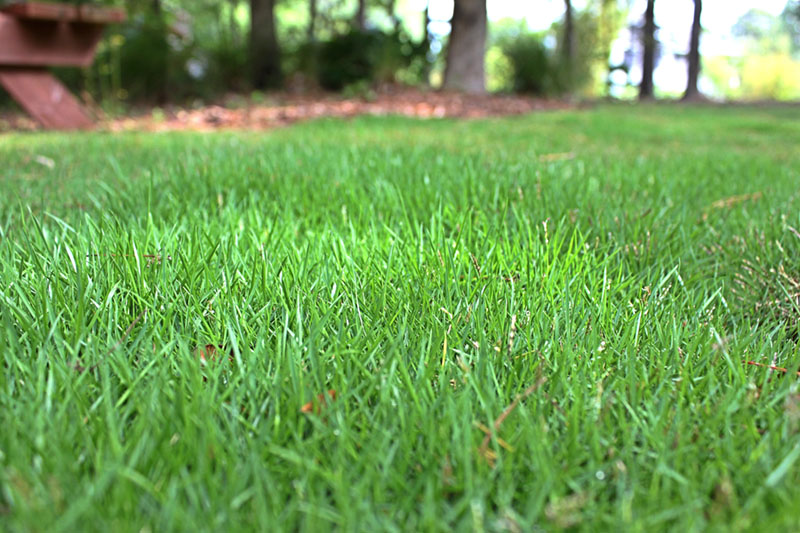Overseeding a lawn is a common practice that often stirs up a lot of questions among homeowners. One of the most frequent questions is, “Should you overseed a sod lawn?” The answer to this question is nuanced, and the decision will depend on the specific circumstances and needs of your lawn. We want to help you understand when you should overseed vs just letting your sod do its thing. Let’s dive in.
Understanding Overseeding
First, let’s get a clear understanding of what overseeding is. Overseeding is the process of spreading grass seeds over an existing lawn. This practice can help thicken the grass, enhance its color, and improve the overall health of your lawn. But is it necessary for a sod lawn?
To Overseed or Not to Overseed a Sod Lawn
A sod lawn is already a mature, thick, and healthy lawn that was grown by professionals before being transplanted to your property. When properly maintained, a sod lawn should be lush, green, and weed-resistant. That being said, overseeding can become necessary over time due to several reasons.
If your sod lawn has experienced high foot traffic, has become thin, or has been damaged by pests or diseases, overseeding can be beneficial. Overseeding can fill in any sparse or bare spots and introduce a mix of grass varieties that can make the lawn more resilient.
However, overseeding should not be an automatic practice for every sod lawn. When a sod lawn is regularly watered, correctly mowed, and adequately fertilized, it should maintain its vigor and appearance without the need for overseeding. In some cases, overseeding can potentially harm a well-maintained sod lawn by introducing competition for resources among the grass varieties.
Best Practices When Overseeding
If you decide to overseed your sod lawn, there are some best practices to follow. Start by ensuring that your lawn is well-watered before beginning the overseeding process. This will help the new grass seeds germinate and establish themselves.
When spreading the grass seeds, ensure even distribution. Too much seed in one area can lead to overcrowding and competition for resources. After overseeding, keep the lawn lightly watered until the new grass germinates and grows to mowing height.
Take care not to mow your lawn too short during this period. Mowing too short can stress the new grass and hinder its establishment. Legacy Turf’s Tahoma 31 Bermudagrass and Geo Zoysia, for instance, can safely be mowed down to heights of 0.125 – 2 inches and 0.5 – 1.5 inches respectively, allowing you to maintain a well-manicured look without damaging the new growth.
While overseeding can be beneficial for certain sod lawns, it is not a one-size-fits-all solution. Assess your lawn’s health and needs carefully before deciding to overseed. Proper watering, mowing, and fertilization are usually sufficient for maintaining the lushness and beauty of a sod lawn. For more personalized advice, consider reaching out to our experts at Legacy Turf Farms for guidance tailored to your specific lawn variety.
For more on general information about seeding vs sodding your lawn, check out our earlier blog post about that topic here.
